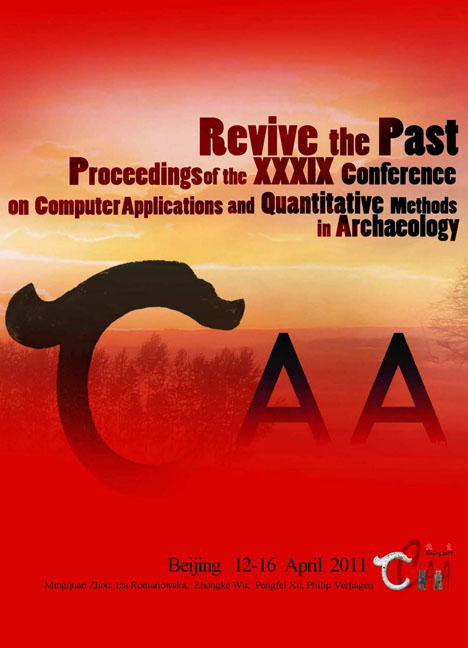 Revive the Past
Revive the Past ACAML – a Markup Language for Ancient Chinese Architecture
Summary
Abstract:
Although computer technologies have been widely used in the architectural domain, there is a serious lack of standards and formalisms to support the semantic annotation of architectural resources on the Web. We propose ACAML, Ancient Chinese Architecture Markup Language, for representing, modelling and analysing different types of traditional Chinese buildings. For implementation of ACAML, we follow the paradigm of XSLT and extend XSLT to transform ACAML into animation. More precisely, for a given ACAML file describing a standard or real-world building, a 3D animation is generated demonstrating the construction process of this building. Semantic Web technologies are used to support the whole process of animation generation, including an OWL ontology and SWRL rules. The animation generated can be in VRML for real-time preview or in animation software file formats for rendering. ACAML and its animation implementation can support semantic queries, and our system currently covers more than 180 combinations of Chinese traditional architecture.
Key Words: Ancient Chinese Architecture, Markup Language, Animation, Semantic Web
Introduction
Ancient Chinese architecture has a history of more than five thousand years, and is one of the major parts of China's cultural heritage. Its first peak point appeared in the Qin Dynasty (221 BC – 207 BC). The emperor of Qin ordered to build a huge building block called the Epang Palace, which was reported by archaeologists to cover an area of 60 square kilometres. However, the Qin dynasty was short-lived and only existed for 14 years. The Epang Palace was also affected by the dynasty's collapse and it burnt down before it was finished (Fig. 1a). The second blooming period of Chinese architecture was in the Tang Dynasty (618 AD - 907 AD), when many largescale timber structures were invented and constructed, mainly for palace and temple buildings. Timber structures were the unique contribution of the Chinese architects to the world. Unfortunately most of these buildings were destroyed and it is believed that for some time no timber buildings survived in China. In 1937 two young Chinese architects Sicheng Liang and Huiyin Lin discovered a fully timber building constructed in the Tang dynasty for the first time, called the Foguang Temple (Fig. 1b) (Foguang Temple 2010).
Information
- Type
- Chapter
- Information
- Revive the PastProceedings of the 39th Conference of Computer Applications and Quantitative Methods in Archaeology, pp. 285 - 295Publisher: Amsterdam University PressPrint publication year: 2012